Web Gems, November 22, 2013
I’ve been monitoring global web responses to Raghavan et al.’s “Upper Palaeolithic Siberian Genome Reveals Dual Ancestry of Native Americans” that appear in the comments sections on Dienekes, Gene Expression and Eurogenes sites. The Web Gem Reward of this week goes…
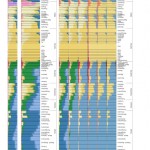
Ancient DNA from Mal’ta and Afontova Gora: A Full Account
Courtesy Alexander Kim, the long-awaited paper by the Eske Willerslev team became finally available to me. This is obviously not the last word on the subject of Amerindian origins, and the David Reich Lab has a different interpretation of ancient…
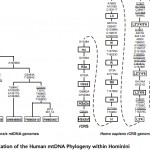
A Closer Look at Human and Neandertal Mitogenomes
In one of my comments on Anthrogenica.com, I mistakenly denied that Behar et al. (2012) reported the two mutations A2758G and G7146A shared between late European Neandertals and the modern human L2’3’4’5’6 clade. As a reminder, A2758G and G7146A were highlighted in…
Kunstkamera: Pseudoanthropology at Anthrogenica.com
I spent the last few days posting at a forum called Anthrogenica.com debating “archaic admixture” in mtDNA and Y-DNA, answering questions regarding viable alternatives to out-of-Africa and observing the online behaviors of “science bloggers.” As always, my counterarguments against the out-of-Africa theory…
The End of Out-of-Africa: A Copernican Reassessment of the Patterns of Genetic Variation in the Old World
Over at Anthrogenica, I’ve been having some heated (as always) but this time also productive discussions regarding the interpretation of currently available genetic evidence. In the following I will sketch out a hypothesis that increasingly makes sense to me. 1….
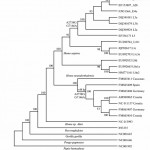
A Signal of Neandertal Admixture in Modern Human mtDNA?
Russian Journal of Genetics, September 2013, Vol. 49, No. 9, 975-978 Mitochondrial DNA Polymorphisms Shared Between Modern Humans and Neanderthals: Adaptive Convergence or Evidence for Interspecific Hybridization Malyarchuk, Boris A. Abstract An analysis of the variability of the nucleotide sequences in the…
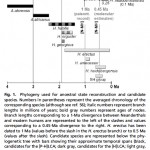
The Last Common Ancestor of Modern Humans and Neandertals Still a Mystery
Proceedings of the National Academy of Sciences, October 21, 2013 doi:10.1073/pnas.1302653110 No Known Hominin Species Matches the Expected Dental Morphology of the Last Common Ancestor of Neanderthals and Modern Humans Gómez-Roblesa, Aida, José María Bermúdez de Castroc, Juan-Luis Arsuaga, Eudald Carbonelle, and P. David…
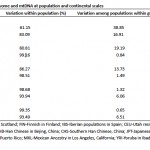
Molecular Variance Across Genetic Systems in Modern Humans and Their Kinship Structures
Gisele Horvat has kindly pointed me to this new pre-print. This post is cross-posted at www.kinshipstudies.org. Global patterns of sex-biased migrations in humans Chuan-Chao Wang, Li Jin, Hui Li. Abstract A series of studies have revealed the among-population components of…
How Many Germans Does It Take to Classify Amerindian Languages?
In his recent presentation on correlations between genes and myths in Eurasia and North America (see video in Russian, from 53:50 on), Vladimir Napol’skikh expressed a strong opinion on Amerindian linguistic diversity and several proposals of genealogical kinship between Amerindian…
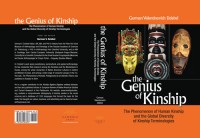
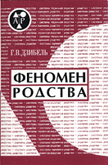
Recent Comments